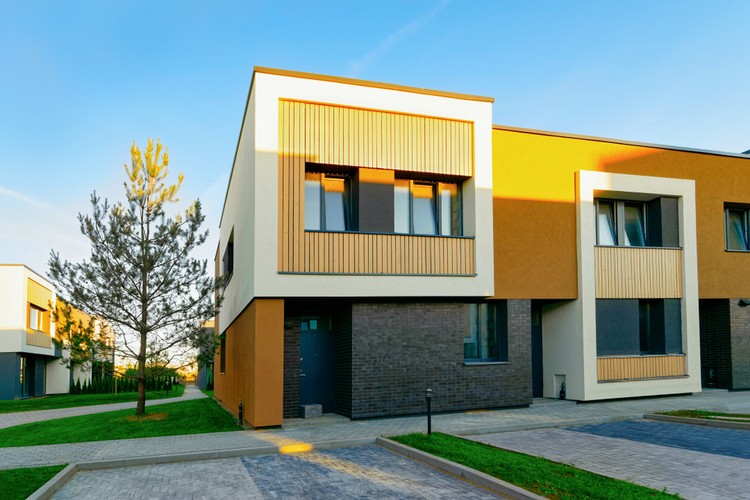The Untapped Potential of Mixed-Use Real Estate Development
The real estate landscape is ever-evolving, with new trends and investment strategies emerging regularly. One such trend that has been gaining traction but is still relatively underexplored is mixed-use real estate development. This article delves into the concept of mixed-use development, its historical context, current market trends, and its potential impact on the real estate market.

A Historical Perspective on Mixed-Use Development
Mixed-use development is not a new concept. In fact, it was the norm in many ancient cities where residential, commercial, and public spaces coexisted within close proximity. However, with the advent of industrialization and urban planning, zoning laws were introduced that separated residential areas from commercial and industrial ones. This led to the decline of mixed-use development. However, in recent years, there has been a resurgence of interest in this type of development, driven by factors such as urbanization, changing lifestyle preferences, and sustainability concerns.
Current Market Trends and Financial Insights
The mixed-use development market is currently witnessing robust growth. According to a report by Transparency Market Research, the global mixed-use development market is expected to grow at a CAGR of around 7% from 2020 to 2030. This growth is driven by factors such as increasing urban population, changing lifestyle preferences, and the desire for convenience and accessibility.
Mixed-use developments offer several financial advantages. They provide a diversified income stream, as they combine residential, commercial, and sometimes even industrial spaces. This diversification reduces the risk associated with dependence on a single type of real estate. Additionally, mixed-use developments often command higher rents and property values due to their convenience and appeal.
The Impact of Mixed-Use Development on Buyers, Sellers, and Investors
Mixed-use development has significant implications for buyers, sellers, and investors. For buyers, these developments offer convenience and a vibrant community atmosphere. For sellers and developers, they provide an opportunity to create a unique selling proposition and attract a diverse range of tenants. For investors, mixed-use developments offer a diversified and potentially more stable income stream.
However, mixed-use developments also come with their own set of challenges. They require careful planning and management to ensure a harmonious coexistence of different uses. They may also require higher initial investment due to their complexity.
The Future of Mixed-Use Development
Looking ahead, the future of mixed-use development looks promising. With increasing urbanization and changing lifestyle preferences, the demand for such developments is likely to increase. Furthermore, the trend towards sustainability and green building practices is likely to favor mixed-use developments, as they promote efficient land use and reduce transportation needs.
In conclusion, while mixed-use development is not a new concept, it is an underexplored area with significant potential. As the real estate market continues to evolve, it is likely to play an increasingly important role. Therefore, it is crucial for buyers, sellers, and investors to understand this trend and its implications.





